
How to Start a Dropshipping Business
Finding Your Niche

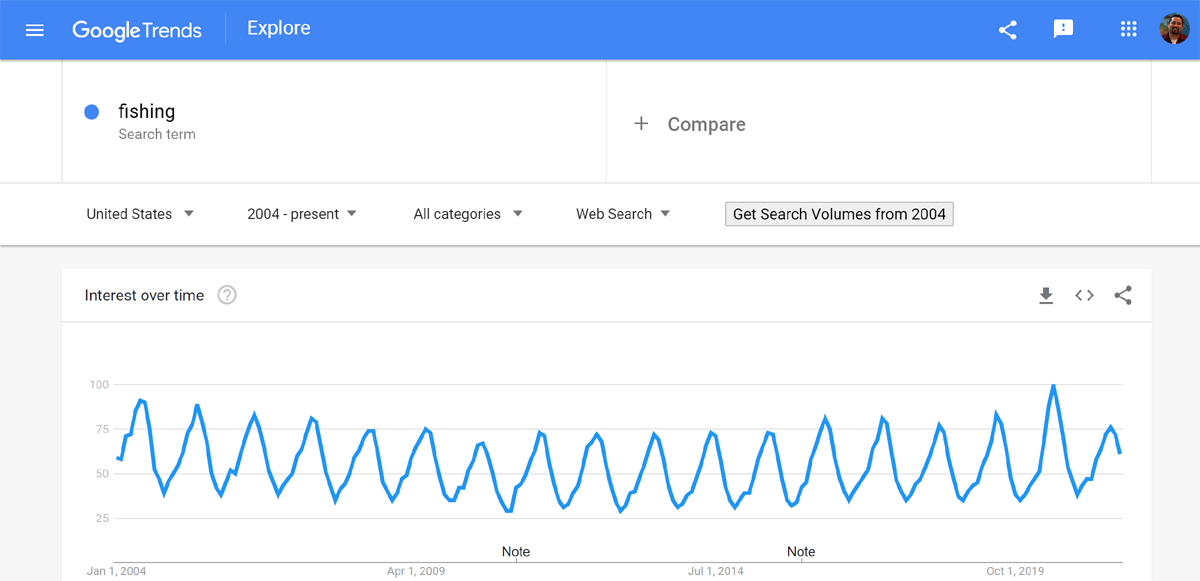
Once you decide on niche research the items thoroughly. Look into the customer base and see what is currently trending. Research the item and the customers that buy that item and or similar items. If you determine it has a strong customer base, then look into buying the item but look for it on sale from a wholesaler so you can make some money. Also, it is important to research your competitors that sell the item and similar. Not only to see what they are pricing items at but to see how many are in the same niche are selling the same item to decide if it’s worth selling. Below are some different niche options and how each niche works.
Fashion Dropshipping
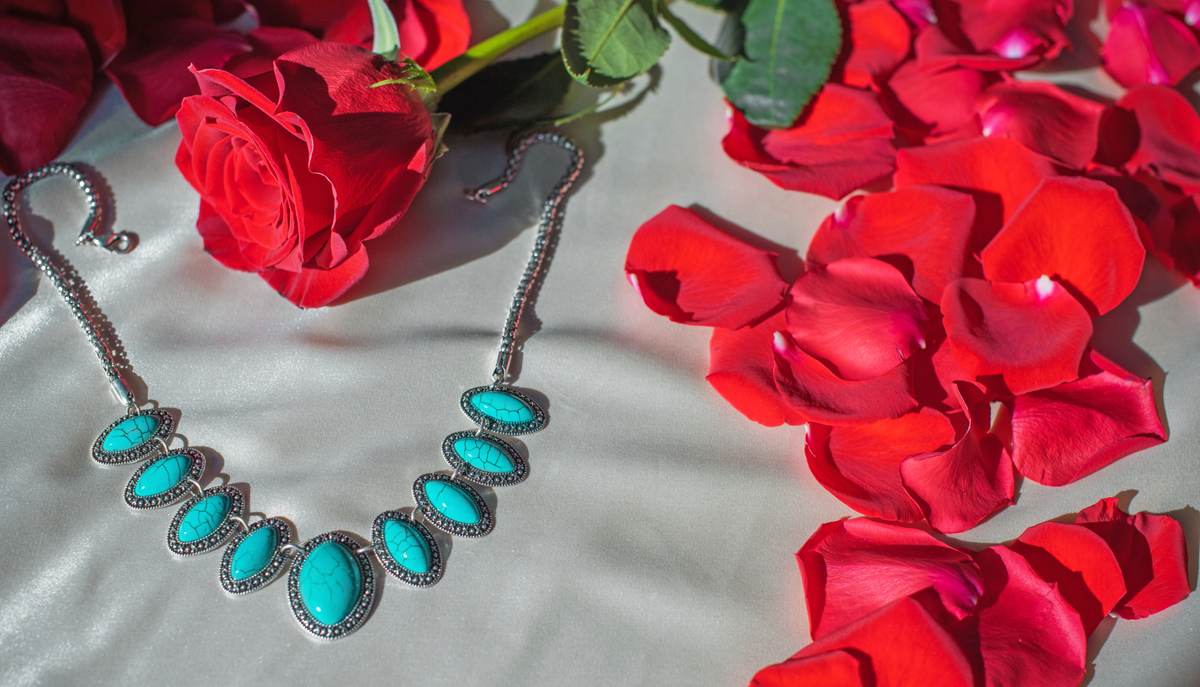
Tools can sell well, but when starting it is better to start with selling tools that are for occasional home use. Your target customer base should be a younger group in their 20s that needs items to fix simple things at home using a basic tool kit. Pro tools are pricey and a competitive market is already out there, but selling simple tools anyone can use with a low markup will help you sell more. Even though it is a lower markup and margin, you will sell a higher amount.
Dropshipping Toys
With the toy niche, you want to stick with only those that fall into current trends or are sustainable as long-selling items. You don’t want to go with a copyrighted product, as you will have to get a legal contract to sell them. Baby toys are common and popular selling items, especially plushes. Especially educational toys, that can range from art, science, and alphabets. Things like balls or anything that would help fine-tune a child’s motor skills. Additionally, there are hobby toys, like models that are popular for all ages. If you decide to sell model kits, check current tending models before buying.

Dropshipping Hobbies
Hobbies are a niche of their own as well. Hobbies are always a popular niche, but there was an uptick during the pandemic. Cooking became even more popular, taking off in cooking tools and supplies in baking. Redoing the yard and the interior of the home did too as most people were now spending more time at home since the pandemic’s shutdown. Knitting has been a popular hobby niche for some time, and not for just making clothes. There are other creative knitting items like plushes and house items that can be made. Starter knitting tools and creative knitting books that teach others to make items that are currently trending are good to sell.
Droshipping Electronics
When starting in the electronic niche it’s best to lower-cost items as opposed to higher-cost items like TVs. Higher-priced items tend to not sell as fast, and you have a lower margin. Lower cost items, like phone chargers, move quicker, you can buy in bulk and have a higher margin. As with all niches, research the market for the item you want to sell first before going ahead with buying. Everyday needs items are good to sell, along with some electronic toys.
Dropshipping Food
For the Food niche, Non-perishables are the best to go with. Snacks that are tending, and even limited edition seasonal snacks can make a profit if you’re willing to take the risk and do the research. Don’t buy too much though as you want to avoid dead stock. Deadstock is a product that is no longer or rarely sells, so it ends up taking up shelf space.

An Employer Identification Number (EIN)
Getting your Employer Identification Number (EIN) is the first step to starting your business. If you want a have a profitable business, do not work with websites that will let you sell their products without an EIN. The reason why this is a bad idea is that means you will be buying at the retail price and then marking up to try and sell it at a higher cost than retail value. Not a good way to do business or a good way to get customers. The only case this works ok in is with rare electronic or clothing items from other countries that you can mark up and else overseas.
Finding Your Suppliers
Having good suppliers is crucial for your dropshipping business. Here are a few things to look for when researching a supplier or wholesaler. Look at the reviews other have for the wholesaler. Check that their name matches the name on the shipping address. When contacting them see how quickly they reply. You want someone you can get in touch with relatively easily.

Manufacturer’s Suggested Retail Price (MSRP)
Manufacturer’s Suggested Retail Price, also known as MSRP, is what the wholesaler suggests the retails price of an item is. If you buy a product with a $90 MSRP with a 25% discount, you can then apply that discounted product to sell at your store with a bit of a mark up to make a profit.

The Differences Between Margin and Markups
How to figure out how much to mark up and how much your margin depends on the items and the price the items were obtained at. There is a basic formula you can use, the ones below are from BlueCart. The Cost is the retail price you bought the item at and the Sales Price is the amount you are selling the item for.
Magin Formula:
Margin = ((Sales Price – Cost) / Sales Price) x 100
Markup Formula:
Markup = ((Sales Price – Cost) / Cost) x 100
The margin is the percent of the sales price you keep. While the markup is the percentage of how much you markup an item from the original retail price. Say an item was Retail Price was $40 and you sell it for $80. The margin would be 50% as half the profit goes to the amount purchased. The markup would be 100% as it doubles the amount of the retail price.
Psychological Pricing
Psychological Pricing is when prices seem lower or cheaper based on the price shown, also known as, “odd-pricing” is where the customer will mentally round down on the shown price. For example, a customer may mentally round down $9.95 to $9 instead of $10. Lowering your end price to .65 or .45 cents may cause the customer to go with you instead.
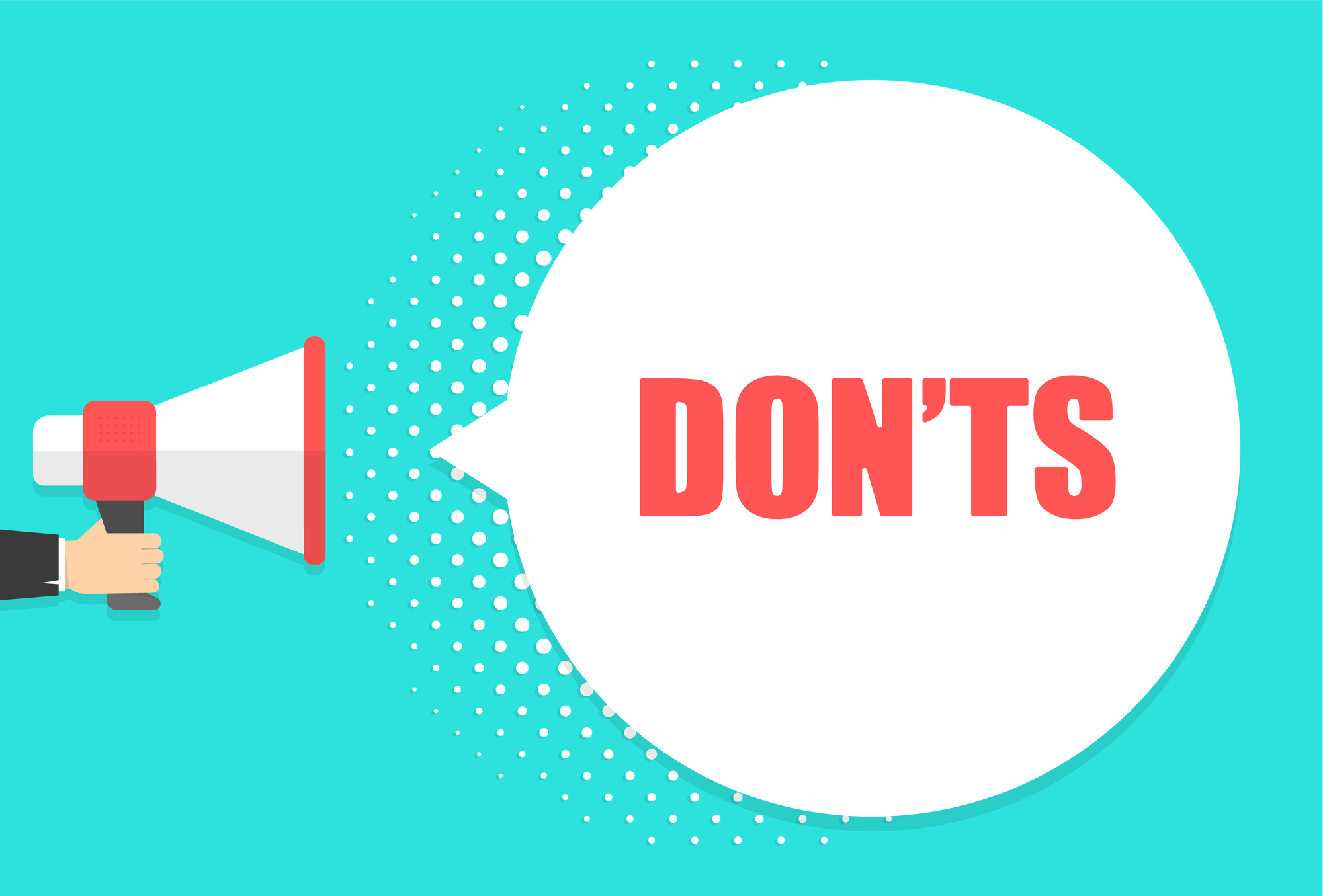
The Don’ts of the Dropshipping World
One of the main things to avoid in the dropshipping world is you don’t want to sell low-quality products. Selling low-quality products can result in losing your business, or ruining your reputation. You can sell low-cost products, but you want to make sure the quality is good and they will not break easily. To avoid running into this problem research reviews and check out the background on the company that makes the product, and if they have other faulty products. The only exception of low-quality products are items customers don’t expect high quality on like mugs.
Always research an item that you plan to sell. Besides looking into if the item is low or high quality, you need to know the item’s customer base. Research the customer base to see how big it is and how likely they are to buy this product. You want to buy the product when the item is on sale from your suppliers.
Don’t over rely on suppliers to always have items stocked. Having good communication with your suppliers can help you avoid the back-ordered stock. Also, how well they communicate can show if they will be a good supplier. For example, if they are hard to reach or they don’t reply in a timely manner, you might want to look for a different supplier.
Not focusing on the customer will hurt your business. If a customer has an issue, you should reply in a timely manner to resolve the issue. As with any type of relationship, communication is the key to success. If you don’t address issues customers may have you may get a bad review. The more bad reviews, the less you are likely to get more business. Also, replying to questions can help to get more business.

Basic needs for your Dropshipping Website
To have a good website for your dropshipping business, you need to follow the basics any website should have. Keep the layout simple and easy to navigate. Businesses lose more potential customers by having a site that was difficult to find their way around on and search for what they need. Have good branding and have your site’s colors themed after it. Also, have ways to cross-sell items on your website. When the customer is looking at one product, below the item show other products that would go well with it.
Cross-selling is a way to sell additional items that are similar or go with an item you are selling. For example, you sell lace-up boots, you can also sell them as an add-on shoe polish, shoestrings, and shoe inserts. Having these other items listed below the boots is a way to cross-sell. The best types of cross-sell items are cheap and small things. Also, cross-selling is convenient for the customer, as they may have already planned on looking for the suggested items.
Ways Orders are Received
When a customer orders from you, the order is then sent to the vendor that supplies you with the item being ordered. There are various ways for your vendors to receive orders. They can come through email with the order either in the email or as an attachment. Over the phone using an automated system. You can have them sent by automating your website. Talk with your vendors to see how they prefer to get orders.

Marketing
Besides a lot of research, the top thing you need to do is marketing. You can market on social media by having a business page on places like Facebook and Twitter. Take advantage of Facebook Ads to get seen. Google Analytics helps show what is being looked at the most and least on your website. Google ads can help boost traffic to your website. Also, you can list on other marketing sites if you don’t have a website.
There are a few marketing websites you can list on that already have a customer base. A few places you can sell on are Amazon, Shopify, and BlueCart. By listing on these sites you get access to each site’s customer base. Though you have to decide for yourself if it will be beneficial.
Amazon lets you list on their marketplace as long as you follow a few rules, which are quoted below. To avoid confusing the customer, Amazon wants you to be listed as the seller on the site and on the invoices the customer receives. Any returns will need to go through you.
“Purchasing products from another online retailer and having that retailer ship directly to customers, if the shipment does not identify you as the seller of record or if anyone other than you (including the other online retailer) appears on packing slips, invoices, or external packaging, it is strictly prohibited without exception; or
● Shipping orders with packing slips, invoices, external packaging, or other information indicating a seller name or contact information other than your own is also strictly prohibited.
Any time a customer sees packaging, invoices, or receipts identifying a seller that is not either you or Amazon it creates confusion for the customer about how their order is being fulfilled and whom they should contact with any problems or questions.
If you intend to fulfill orders using a drop shipper, you must always:
● Have an agreement with your supplier that they will identify you (and no one else) As a seller of your products on all packing slips, invoices, external packaging, and other information included or provided in connection with the products;
● Remove any packing slips, invoices, external packaging, or other information identifying a third-party drop shipper prior to shipping the order;
● Be responsible for accepting and processing customer returns of your products; and
● Comply with all other terms of your seller agreement and applicable Amazon policies.”
Gotten from Amazon’s Drop Shipping Policy
Amazon drop shipping fees range from around 10% to 15%. Not ideal if you have small dropshipping margins as it will take a good amount out of your profits. Additionally, there is the cost of the sellers plan of $39.99. Amazon takes out close to 15% off your top revenue. The downside is it’s a competitive business and you are likely not to get long-term customers. You may need to have your category section approved by Amazon before you can start selling. This is true if you sell clothes and jewelry. Upside, if you have a Shopify account you can connect it to your Amazon account. Check out each marketplace to see if it’s right for your dropshipping business.
Remember before starting your dropshipping business you must find the niche you want to sell in. Research is key when finding a niche, checking out an item, the customer base, and competitors. When you are ready, get your EIN and find your suppliers. When pricing, be sure you price items fairly by understanding your margins and how much to markup an item. Try using psychological pricing to get more customers by having the end price at .85. Your website needs to be well branded and take advantage of cross-selling. Market your website and items on social media, and google.
Digital marketing is a broad subject. As a result, you might enjoy reading “How To Use Google Ads” . Also, if you would like a free consultation on drop shipping, then please call us at 559-553-5000. This way we can help you personlize a marketing plan for your needs and show you some examples of other client’s we’ve helped with their marketing.
Sources:
Shopify
https://www.shopify.com/blog/dropshipping-niches
BlueCart
https://www.bluecart.com/blog/markup-vs-margin
Amazon: Drop Shipping Policy
https://sellercentral.amazon.com/gp/help/external/201808410?ref_=sdus_soa_sov_ds_xscus_201808410&initialSessionID=139-4711019-7416060&ld=NSGoogle&ldStackingCodes=NSGoogle
Quora
https://www.quora.com/How-do-I-start-a-dropshipping-business



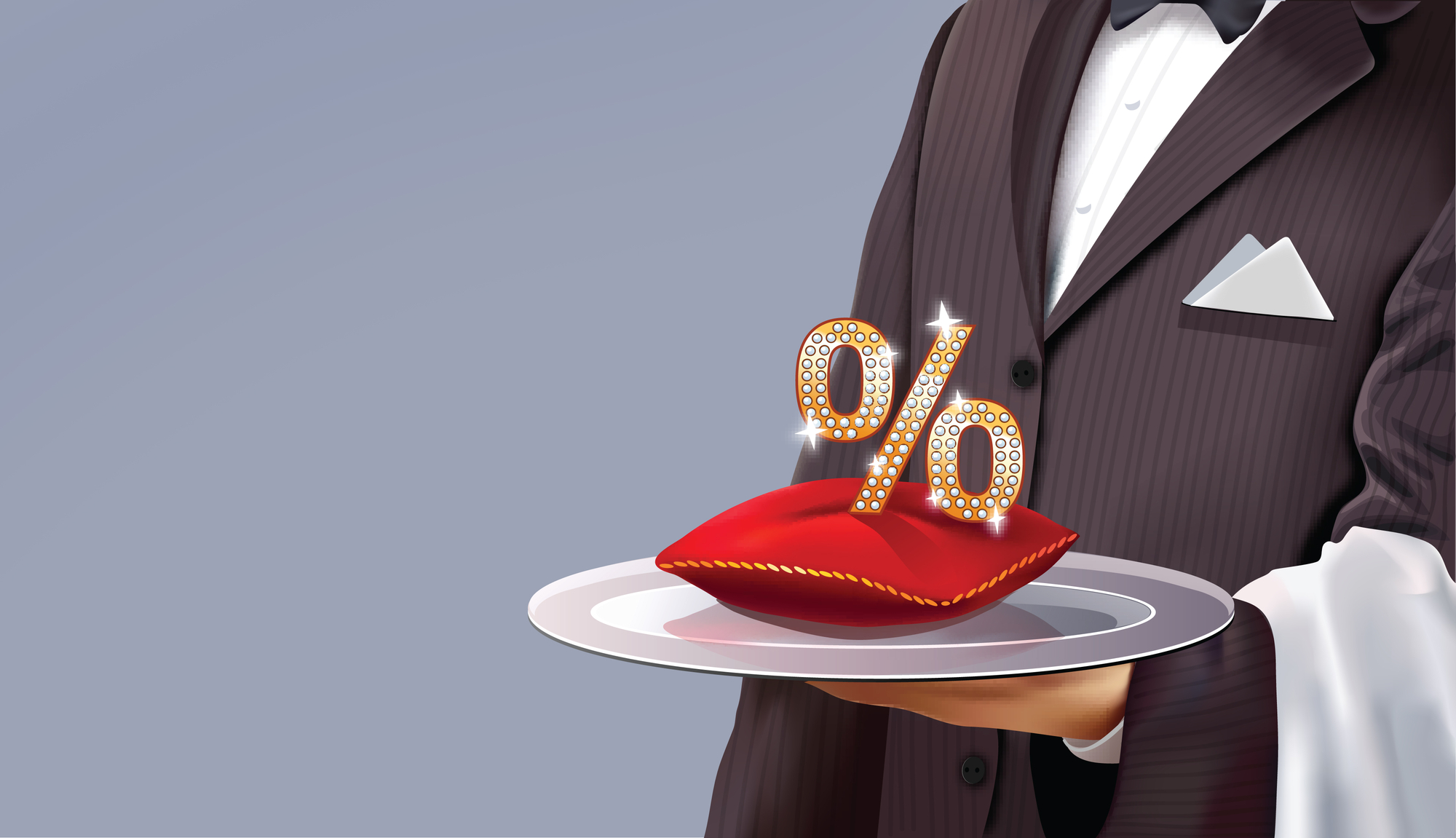



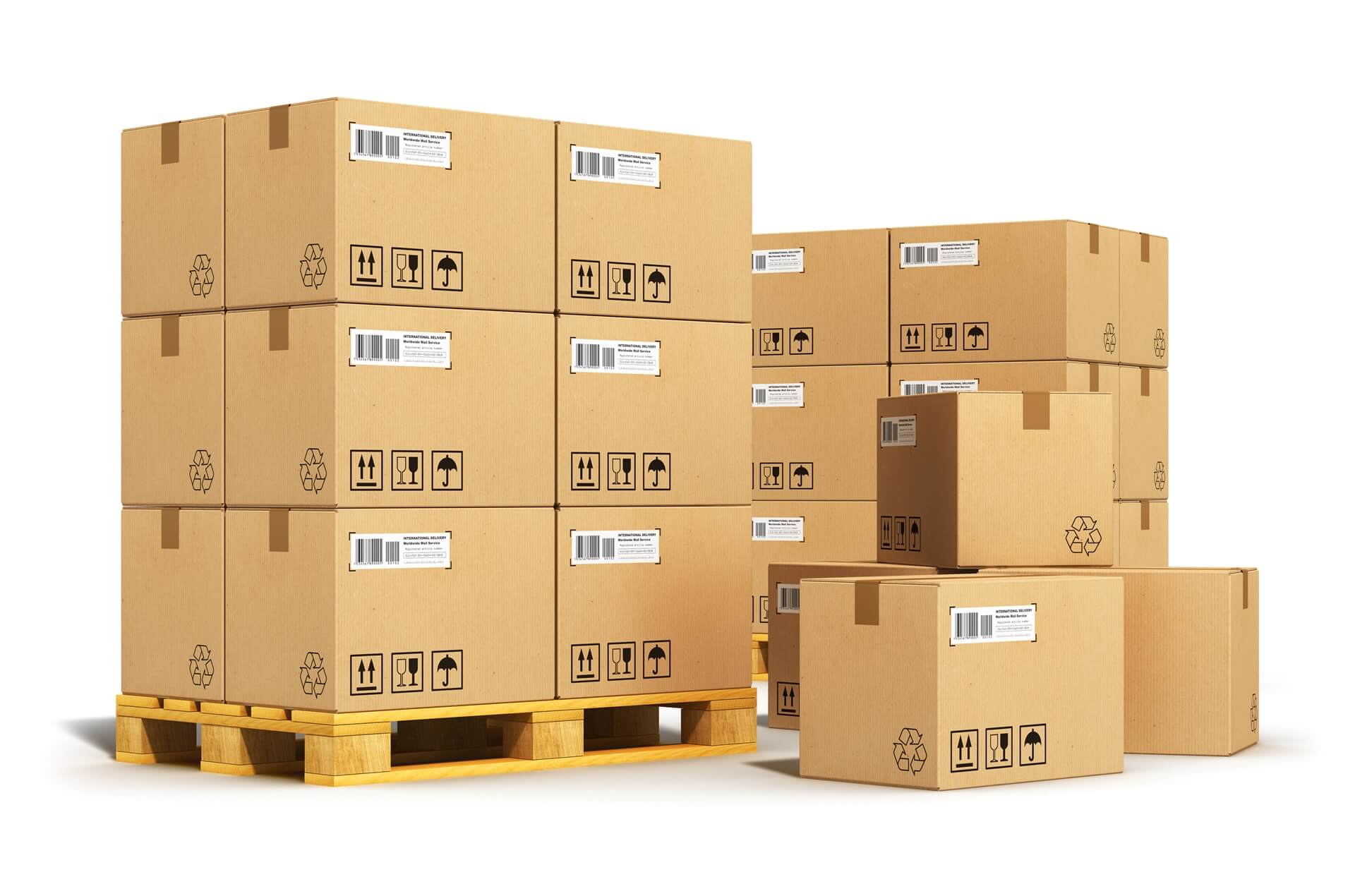

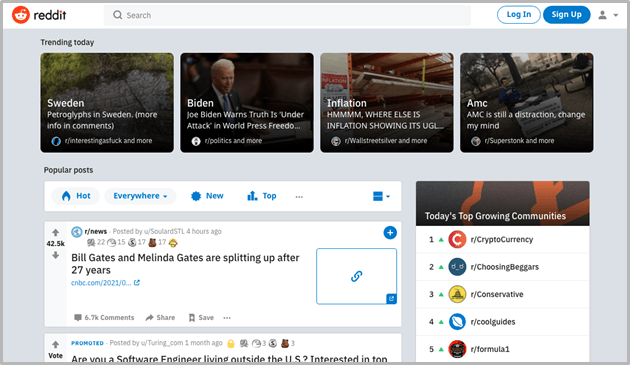


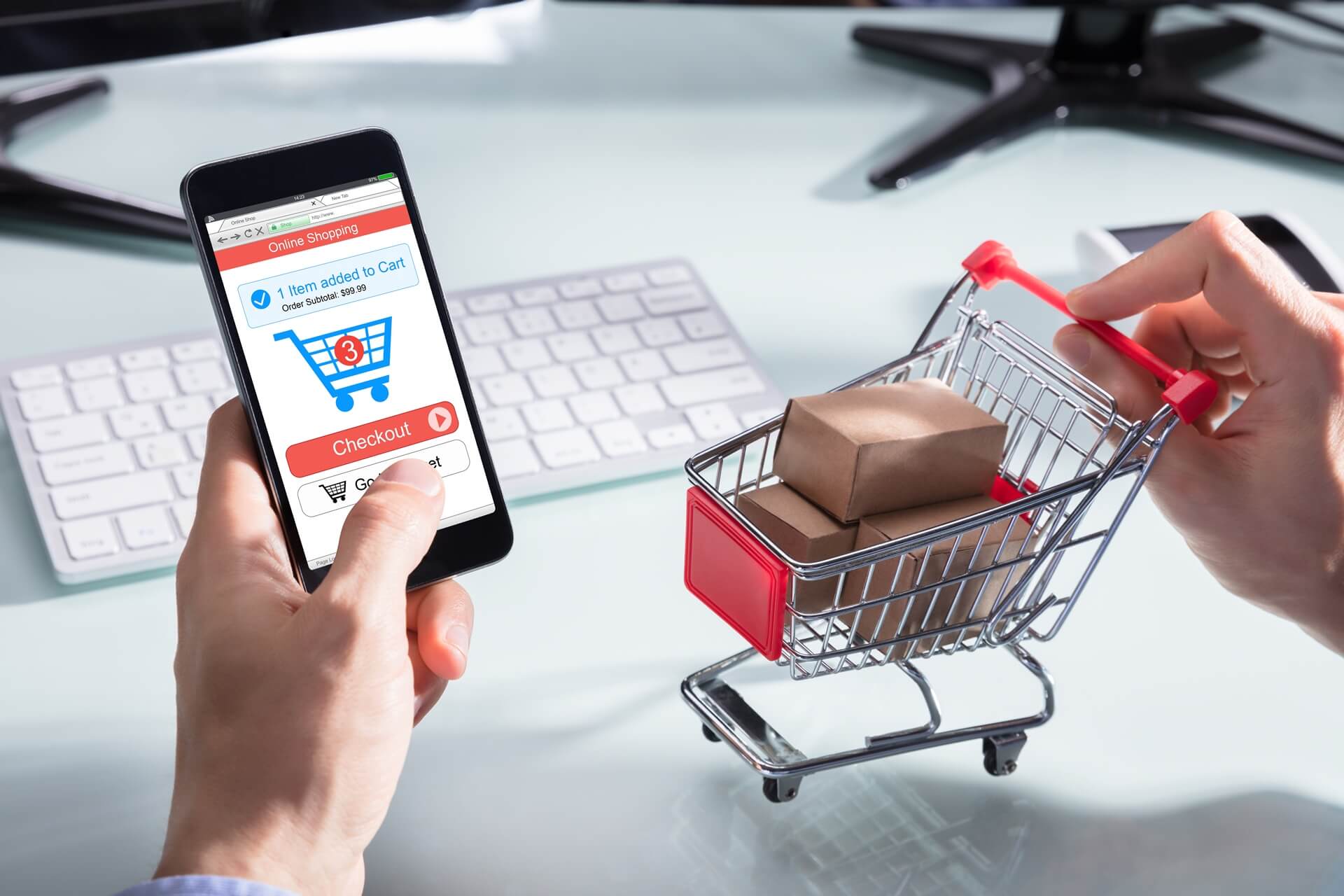


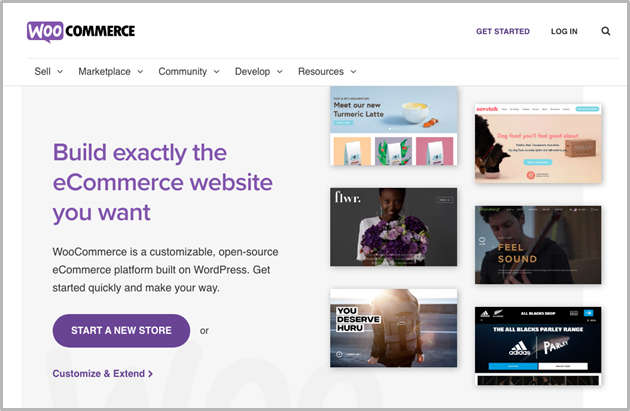


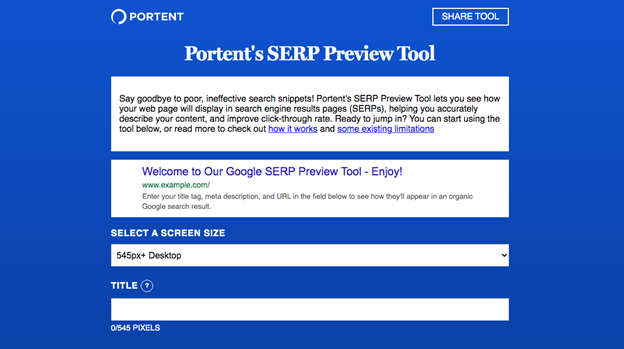













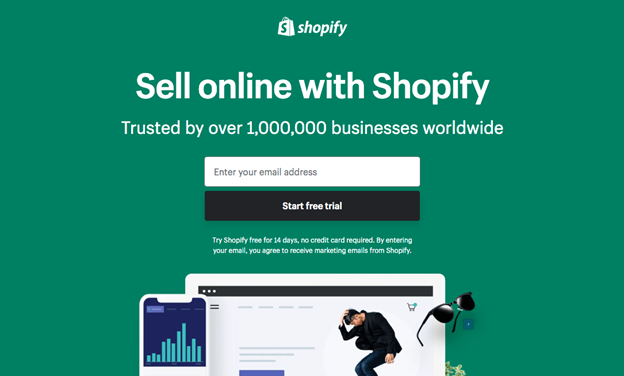
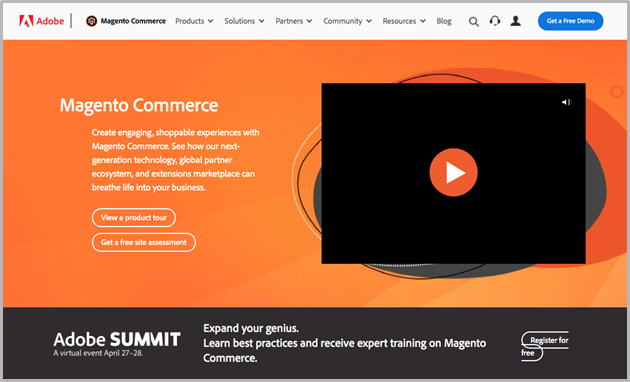
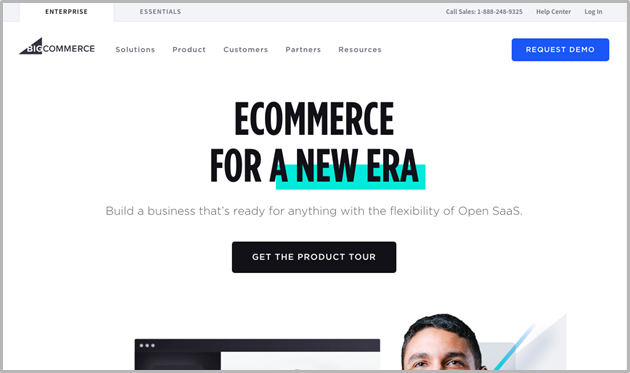
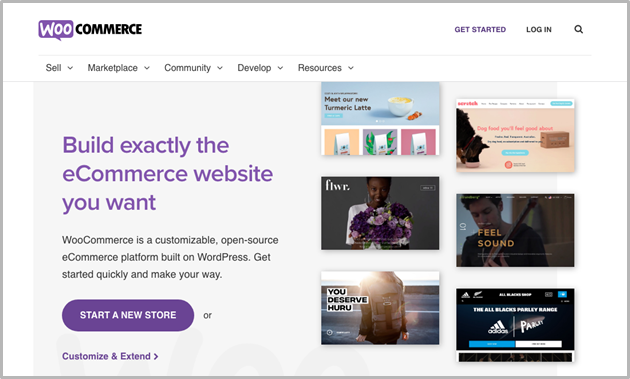


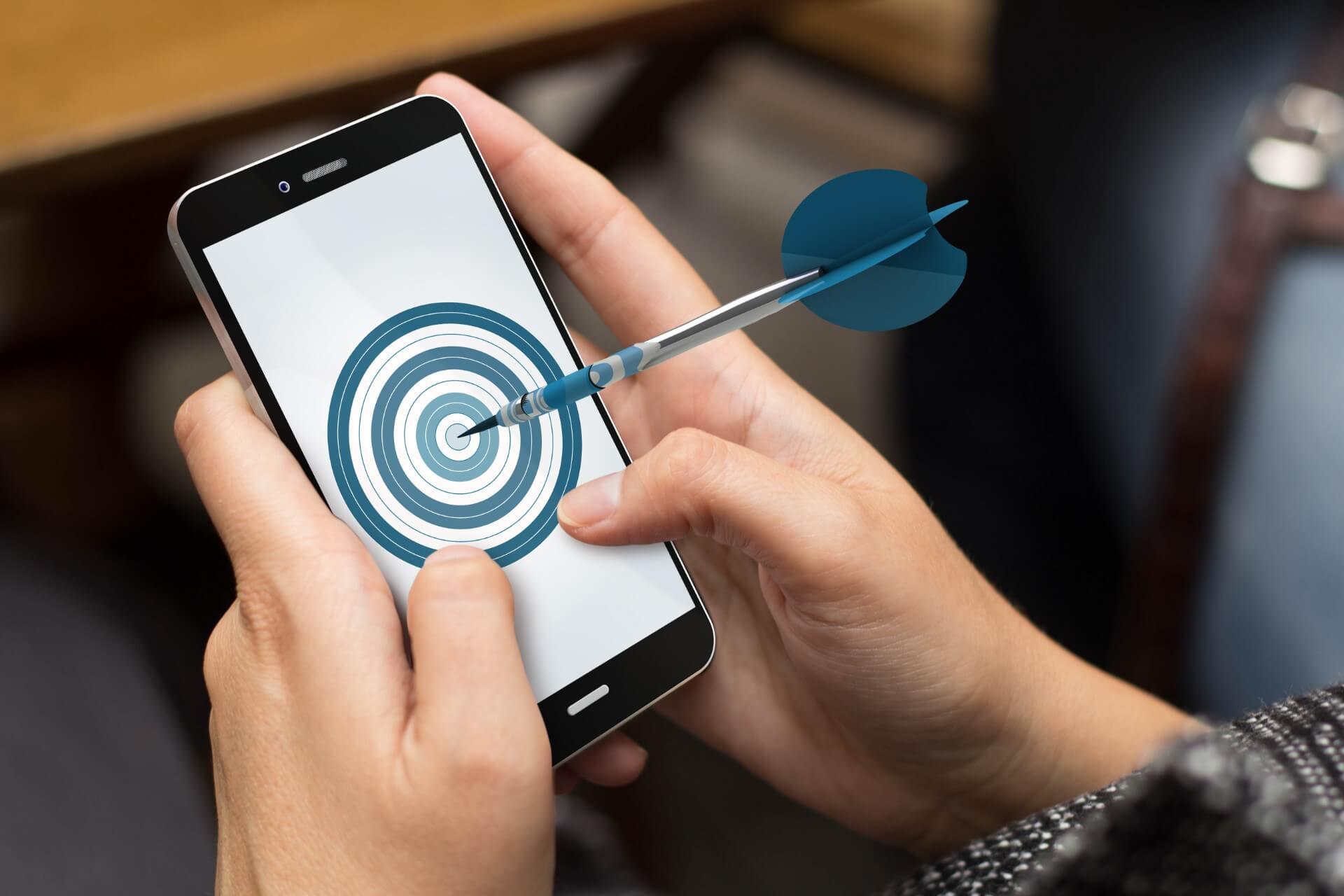





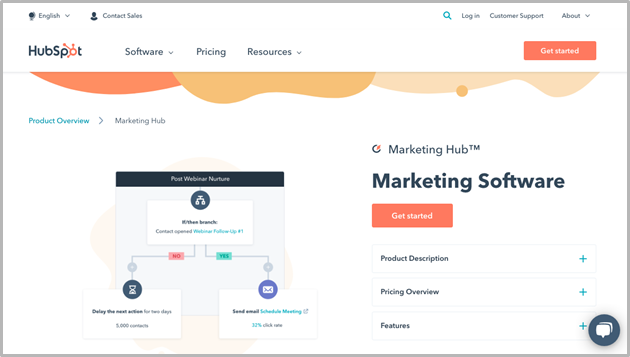

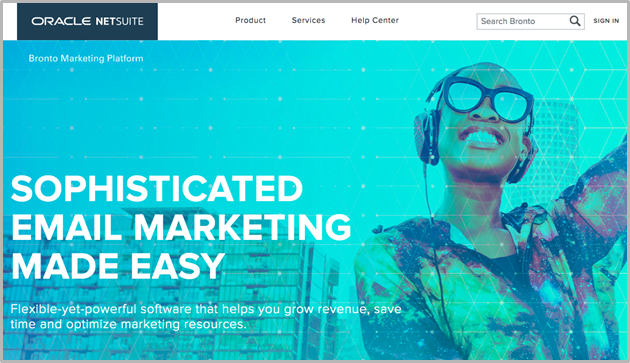
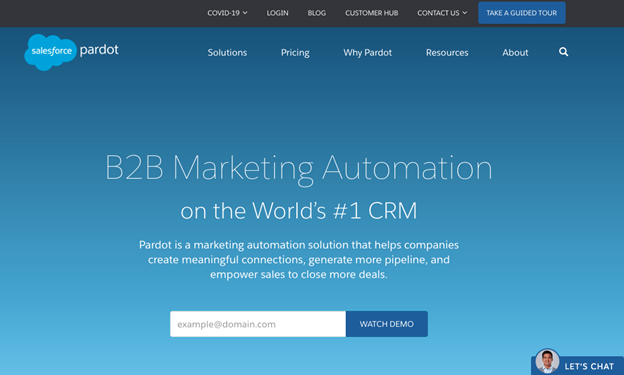
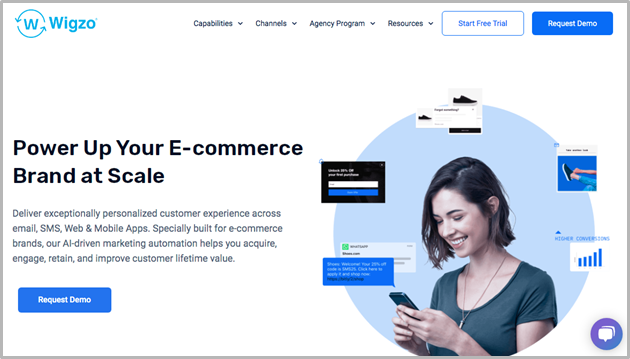



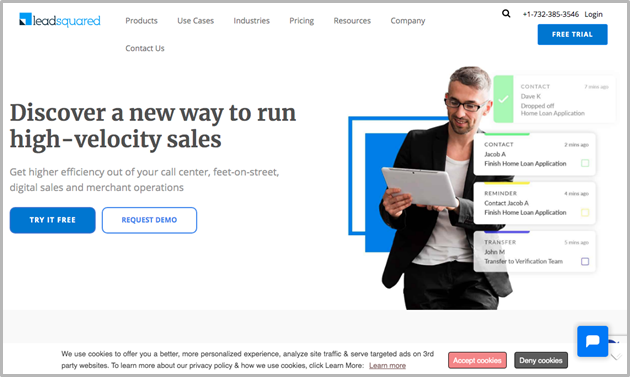
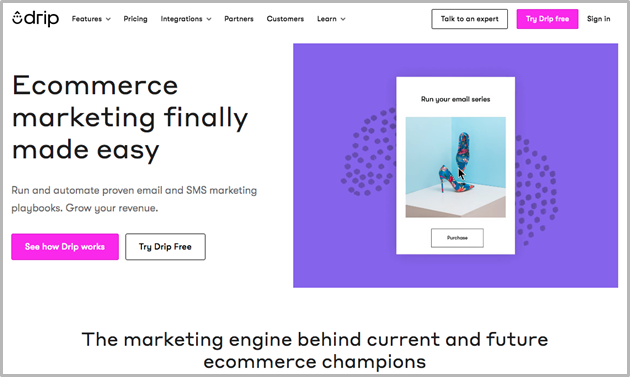

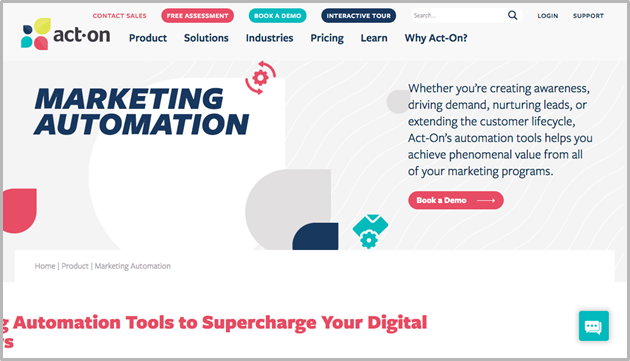

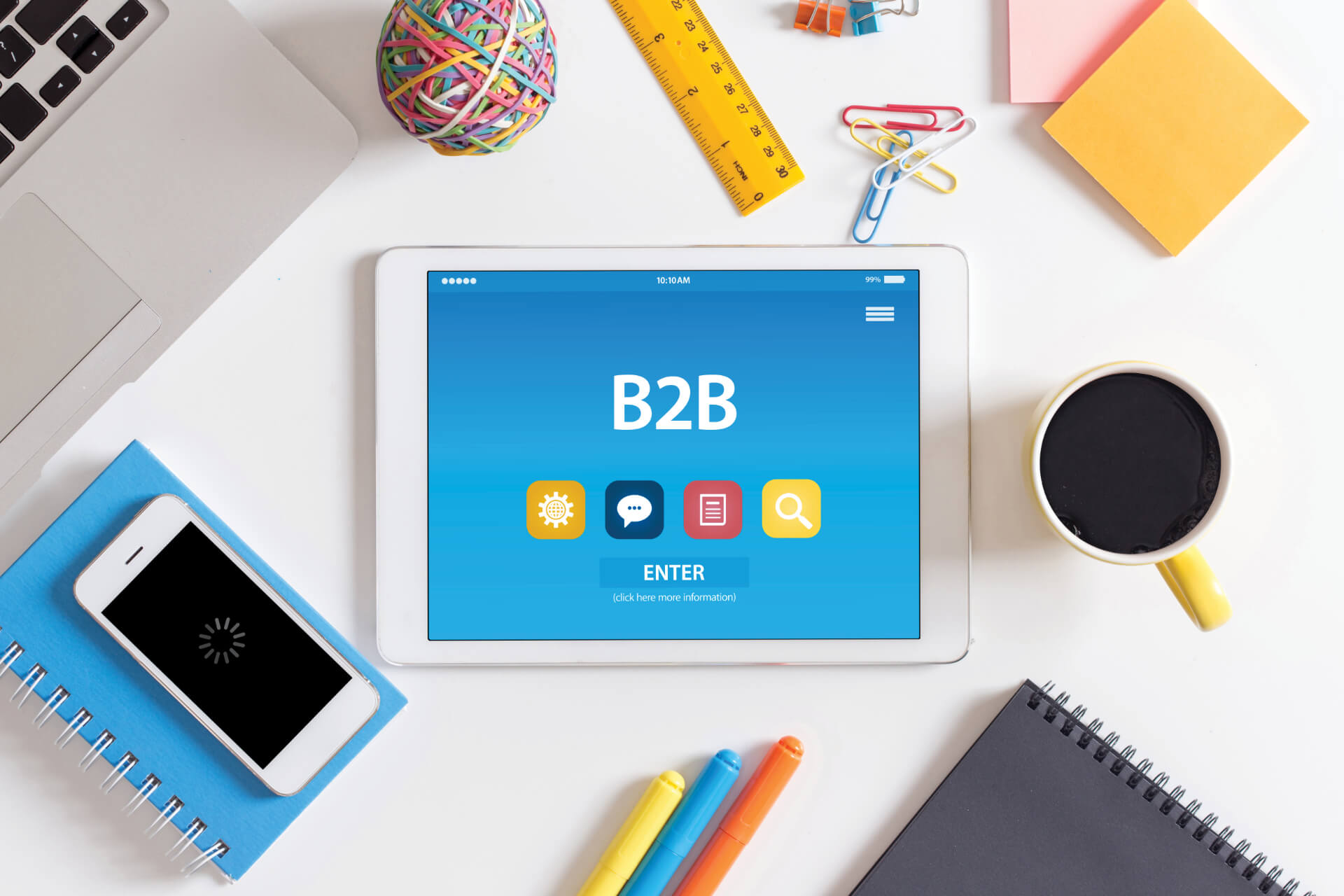






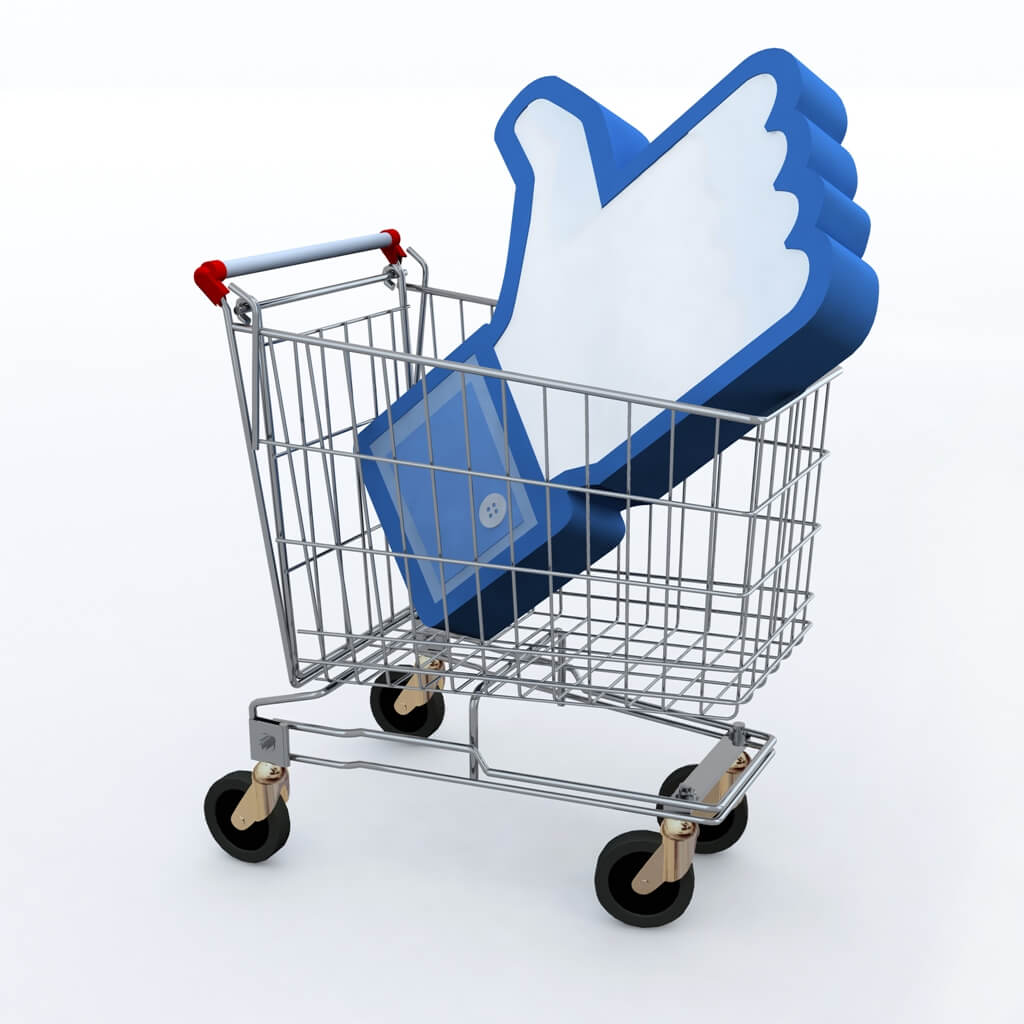







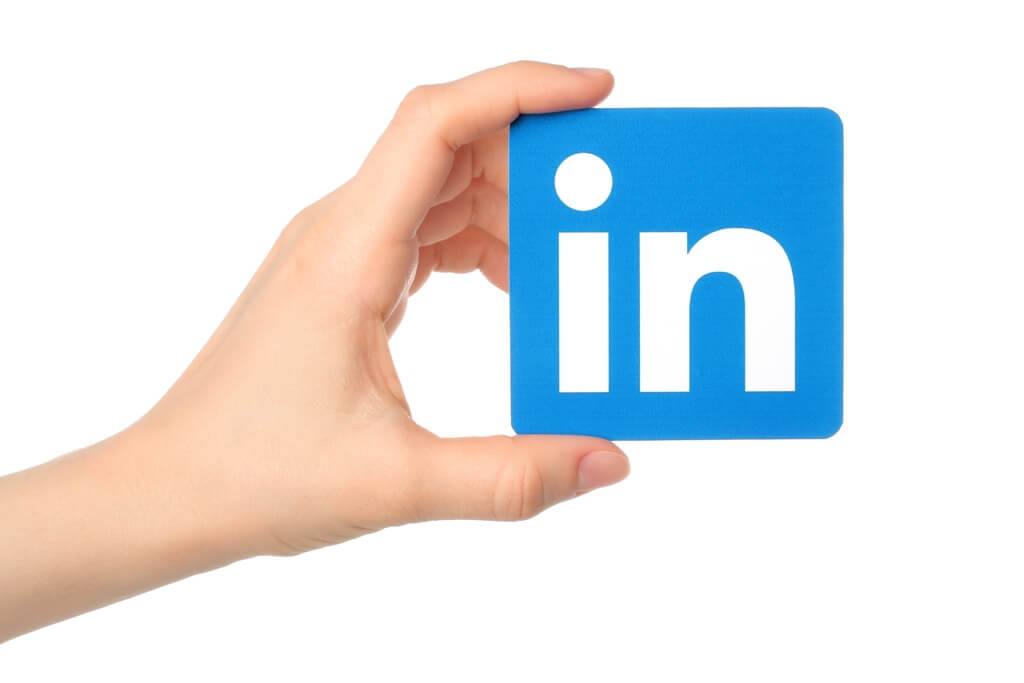


Health Care Dropshipping